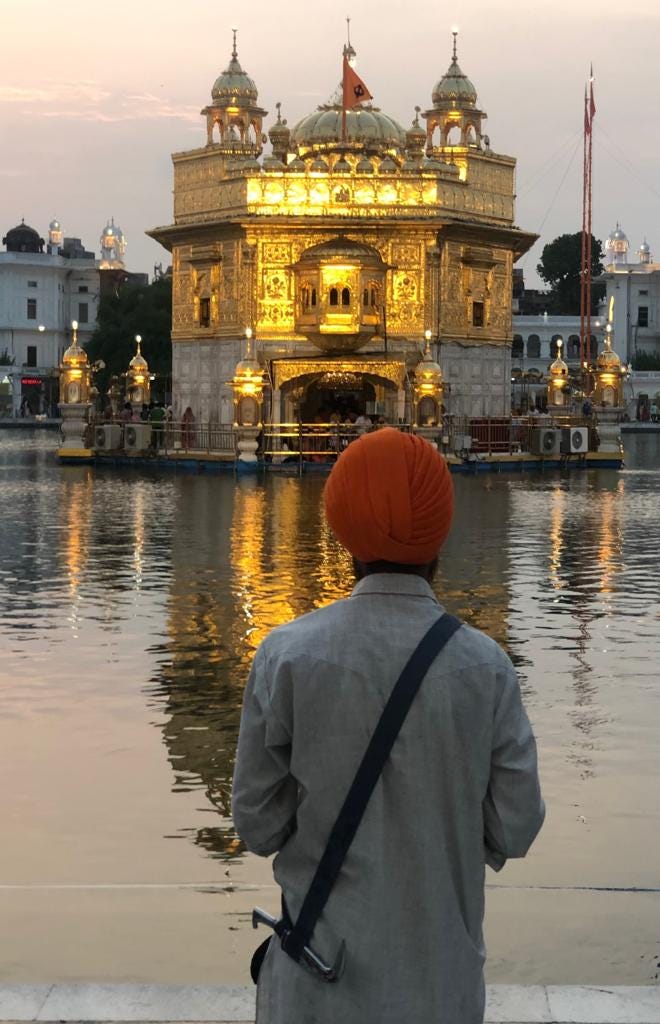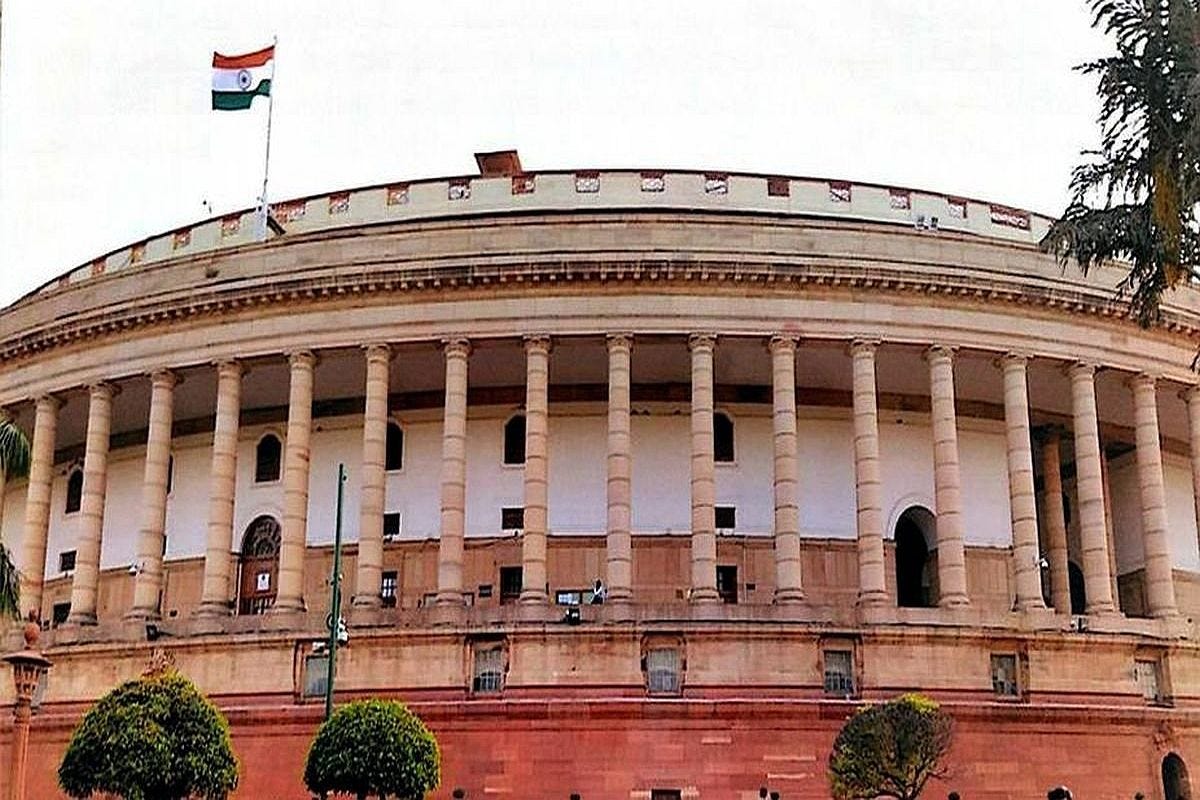Anand Marriage Act: Registration of Sikh Marriages— History, Issues and Perspectives
While significant progress has been made a number of pending issues need to be addressed.
Introduction to the Anand Marriage Act
The Anand Marriage Act of 1909, along with its 2012 amendment by the Indian Parliament, represents pivotal legislation in India that recognises Sikh marriage rituals, specifically the Anand Karaj ceremony. Initially enacted by the British Imperial Legislative Council, this Act was designed to acknowledge the unique customs and religious practices of the Sikh community by validating marriages solemnized under these rites. The 2012 amendment required deft and dedicated steering by Sardar Tarlochan Singh MP, despite the presence of Sardar Manmohan Singh, himself a devout Sikh, as the Prime Minister at the time.
Historical Context and Legislative Evolution
The Original Act of 1909
The original Anand Marriage Act provided legal status to marriages performed through the Anand Karaj ceremony, a central ritual in Sikh culture, recognizing them as valid under the law from their date of solemnization. Notably, the Act at this time did not include provisions for the formal registration of these marriages, which led to complications in legal documentation and recognition.
Amendment of 2012
Responding to the needs for administrative clarity, the Anand Marriage (Amendment) Bill was introduced and passed in 2012. This amendment facilitated the registration of Sikh marriages under the Anand Marriage Act itself, rather than the Hindu Marriage Act, thus providing a clearer legal framework and recognition for Sikh marriages. The President's assent on June 7, 2012, marked a significant milestone in Sikh matrimonial law.
Implementation and Impact Across States
The implementation of the Anand Marriage Act has varied, with a few Indian states and Union territories framing their own rules regulations for the registration of Anand marriages, as provided for in the parent central law. States like Uttarakhand, Jammu and Kashmir, and Punjab have been at the forefront, developing comprehensive rules that facilitate the registration process under this Act. This decentralised implementation has significantly enhanced the legal recognition and clarity for Sikh couples opting for Anand Karaj.
The Ambiguity of Defining "Sikh" in Legal Terms
Despite its significant role in the legal landscape for Sikhs, the Anand Marriage Act does not formally define who qualifies as a "Sikh", leaving a margin for ambiguity and potential legal disputes. This gap is notable, especially when compared to other legal definitions; for instance, the term "Sikh" is mentioned explicitly twice in the Constitution of India within the explanation to Article 25 but remains undefined there as well.
The Sikh Gurdwaras Act, 1925
Interestingly, a formal definition of "Sikh" exists in the Sikh Gurdwaras Act, 1925, which states that a Sikh is someone who professes the Sikh faith, believes in the Guru Granth Sahib, the ten Gurus, and has no allegiance to another religion. This definition, however, is specific to the management of historical Sikh Gurdwaras and the workings of the Shiromani Gurdwara Parbandhak Committee (SGPC), making it problematic to extend this definition to the Anand Marriage Act without legal adjustments.
Summing Up
The Anand Marriage Act, along with its amendment, underscores a deep respect and formal recognition of Sikh matrimonial practices. However, the absence of a clear legal definition of "Sikh" within these legislations introduces potential areas for further legal refinement and discussion. The continued development of state-specific regulations under this Act highlights the dynamic nature of legal recognition of religious practices in India, mirroring the diversity and complexity of its societal fabric. Furthermore, it is imperative that the Sikh perspective be considered in the formulation of any Universal Civil Code, whether applied nationwide or specifically within Punjab.







